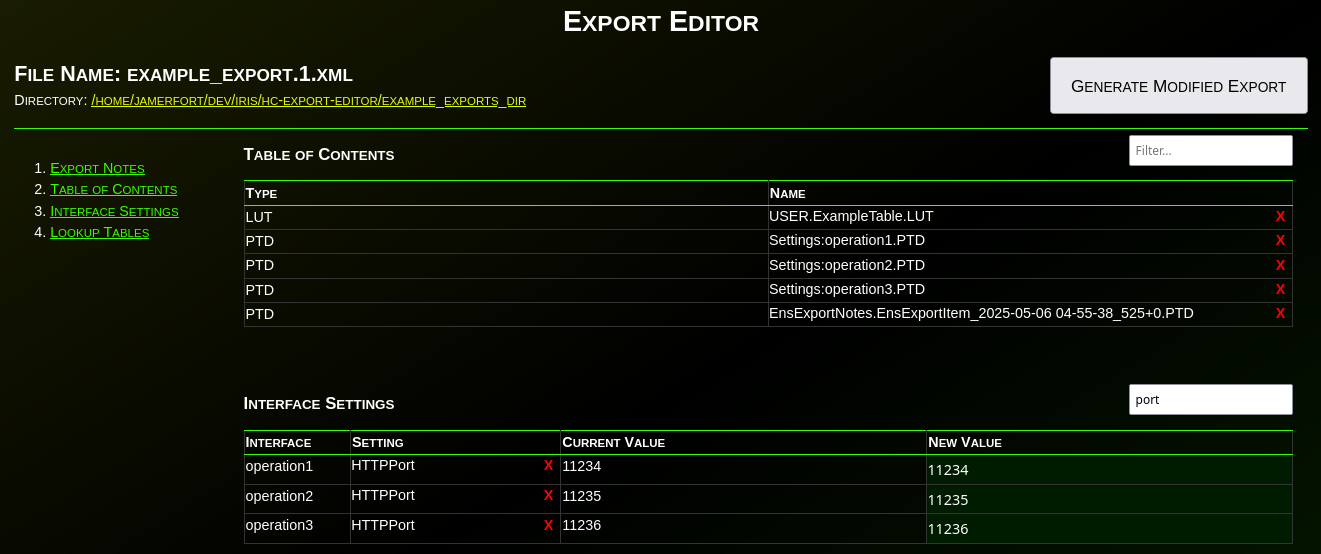Purpose
Most CloudFormation articles are Linux-based (no wonder), but there seems to be a demand for automation for Windows as well. Based on this original article by Anton, I implemented an example of deploying a mirror cluster to Windows servers using CloudFormation.I also added a simple walk through.
The complete source code can be found here.
Update: 2021 March 1 I added a way to connect to Windows shell by public key authentication via a bastion host as a one-liner.

